Cherry plum variety Tsarskaya
In the south, cherry plum grows right on the street, so no one considers it a fruit worthy of attention. And in vain, because varietal plants are very tasty. For example, Tsarskaya. The name alone already indicates the quality and taste of its fruit. The variety appeared at the Moscow Agricultural Academy. K.A. Timiryazev (famous "Timiryazevka"). Refers to the species Russian plum or hybrid cherry plum. The parent form was the Kuban comet.
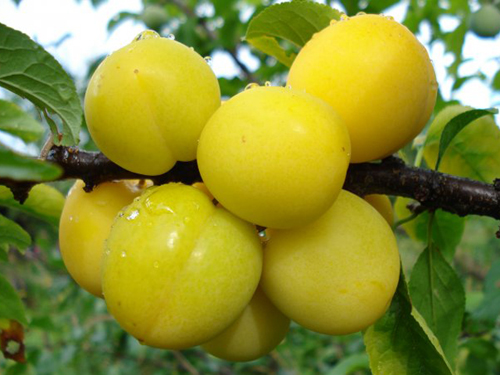
Description
Tsarskaya is a small tree, 2.5, sometimes 3 meters high. The crown is compact, flat-round, with a radius of 1.5 meters. It can grow over time. The bark of the trunk is dark gray-brown, covered with numerous lenticels and small cracks. Young shoots are green-brown. The leaves are small, elongated, with a pointed tip, light green in color. The surface is smooth, with pronounced veins. The sheet bends slightly downward. Five-petalled fragrant white flowers, in the amount of 1 or 2 per inflorescence, appear before the foliage blooms. Abundant flowering.
Cherry plum fruits are beautifully shaped. One-dimensional, spherical, weighing 18 - 25 grams. The skin is dense, not thick, painted in a bright yellow color and covered with a waxy coating of low intensity. The abdominal suture is poorly expressed. The pulp is yellow, tender, juicy, slightly fibrous. The taste of the variety, which at the same time resembles an apricot and a melon, is rather sweet, with a slight sourness. The petiole is of medium length and thickness. The stone is small, well separated from the pulp.
The flesh of the Tsar's fruit does not contain tannins. But it contains a large amount of fructose and a high content of citric acid.
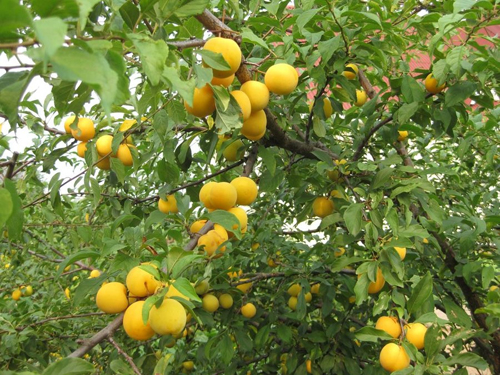
Characteristics
- Cherry plum can boast of early maturity. Already in the second year after planting, fruits appear;
- ripening period - late July - early August;
- yield from one tree is 20 - 25 kg;
- resistance to major diseases is good;
- frost resistance is average. If the wood is able to withstand a drop in temperature to -30 ° C, then the root system, which is located in the upper layers of the soil, can suffer at -10 ° C if there is no snow cover;
- drought resistance of Tsarskaya is not great;
- the way of eating fruits is universal. The fruit is unusually tasty fresh, suitable for making jams, jams, compotes and other preservation;
- the transportability and keeping quality of cherry plum are good.
Pollinators
The variety is self-fertile, so it needs pollinators:
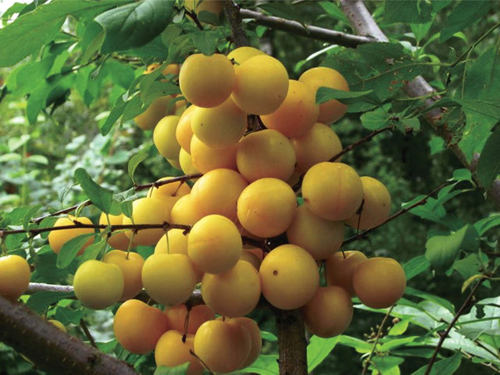
- Cleopatra;
- Found;
- Kuban comet;
- Pramen;
- Traveler.
Features of agricultural technology
Pollinators need to be planted close enough - within a radius of 2.5 - 3 meters, since cherry plum blooms during a period when insects are inactive due to the cold. The culture is hygrophilous, therefore it requires regular watering during the summer. Own-rooted plants give a lot of growth, which will have to be constantly struggled with. To avoid this, it is worth purchasing only grafted seedlings. In winter, cover the trunk circle with a thick layer of mulch.
Tsarskaya grows well both in a sunny area and in partial shade. Prefers light loams rich in humus. Needs annual pruning.
This cherry plum is prized primarily for its taste, beautiful appearance of the fruit and, of course, early maturity.
It is easy to cope with the shortcomings if pollinating varieties are planted nearby and agrotechnical requirements are correctly followed - watering, pruning the tree and mulching the trunk circle.
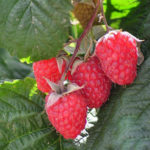
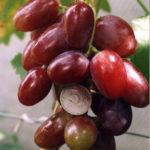
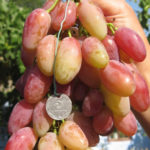
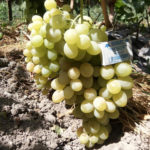
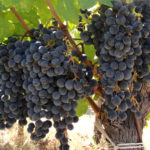
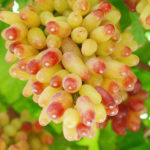



An excellent variety, winter-hardy, tasty, without acid at all, juicy, does not crumble, the stone is small. I don't see any cons at all! began to bear fruit in the third year.